Walking through the Lower East Side in the 80s meant navigating a maze of crowded streets. Tenement buildings, some adorned with fire escapes like metal spiderwebs, lined the avenues. These buildings housed a diverse mix of people – working-class families, artists, immigrants, and those down on their luck. The streets themselves were a kaleidoscope of activity. Vendors hawked their wares, kids played stickball, and the rumble of the subway echoed from below.
Art was everywhere you looked. Graffiti, a colorful language of rebellion and expression, covered walls and subway cars. Punk rock music blasted from shops and clubs, its raw energy a soundtrack to the times. Galleries showcasing the works of up-and-coming artists popped up in unexpected corners. The Lower East Side was a breeding ground for creativity, a place where artistic expression knew no bounds.
Music wasn’t just confined to clubs and galleries. It spilled out onto the streets, filling the air with rhythm and soul. Salsa music flowed from open windows, its infectious beat impossible to resist. Hip-hop, a new and powerful voice, found its home on street corners and in parks, where young MCs battled with rhymes and beats. The Lower East Side was a melting pot of musical styles, each one adding its own flavor to the vibrant atmosphere.
Despite the energy and creativity, the Lower East Side in the 80s faced serious challenges. Poverty was widespread, and drugs like heroin cast a dark shadow over the community. Crime rates were high, and the streets could be dangerous, especially at night. Abandoned buildings stood as hollow reminders of neglect and hardship.
Gentrification began to creep in, slowly transforming the neighborhood. Trendy shops and restaurants started to appear alongside the bodegas and family-owned businesses. The influx of wealth brought new opportunities but also raised concerns about displacement and the loss of the neighborhood’s unique character.


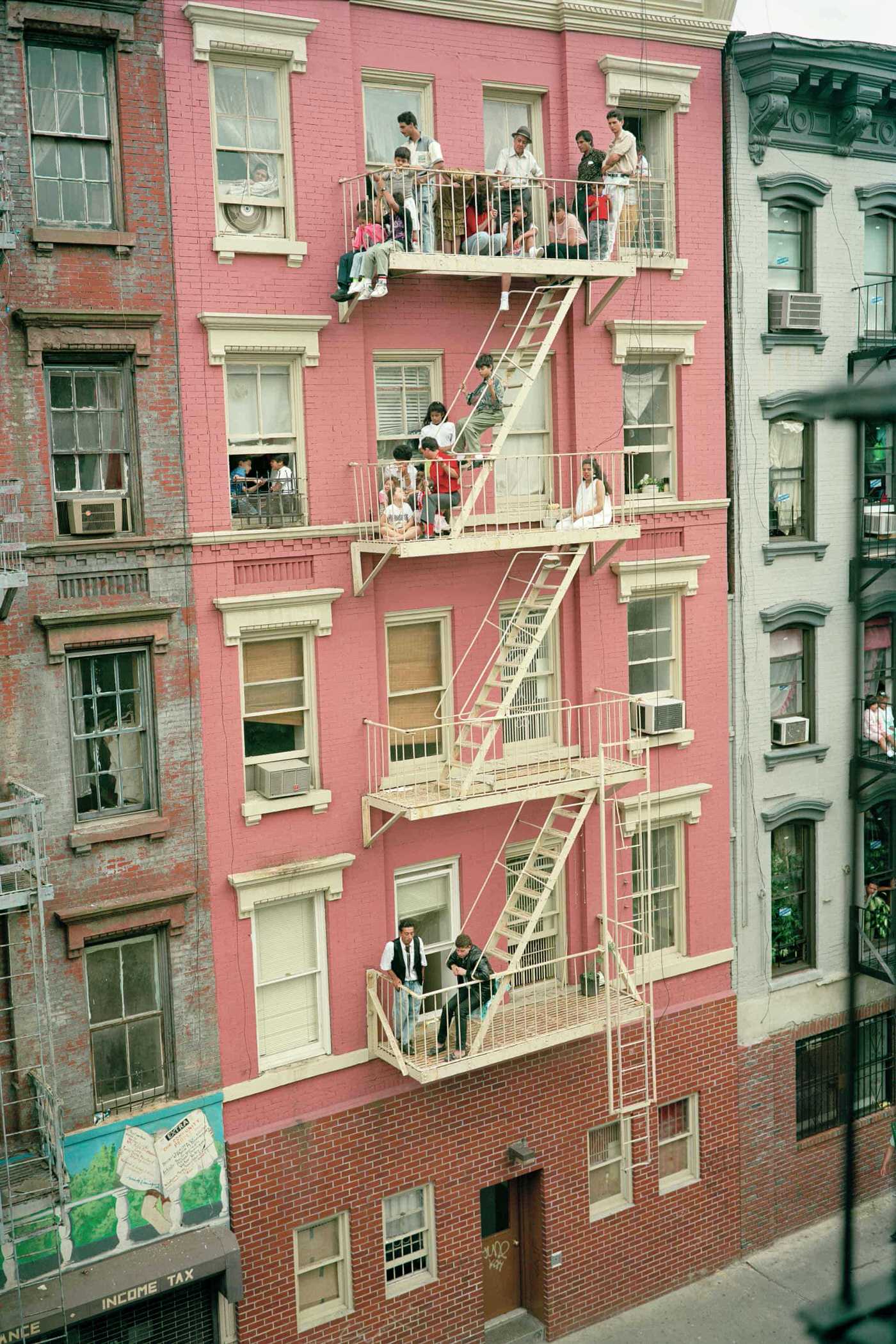
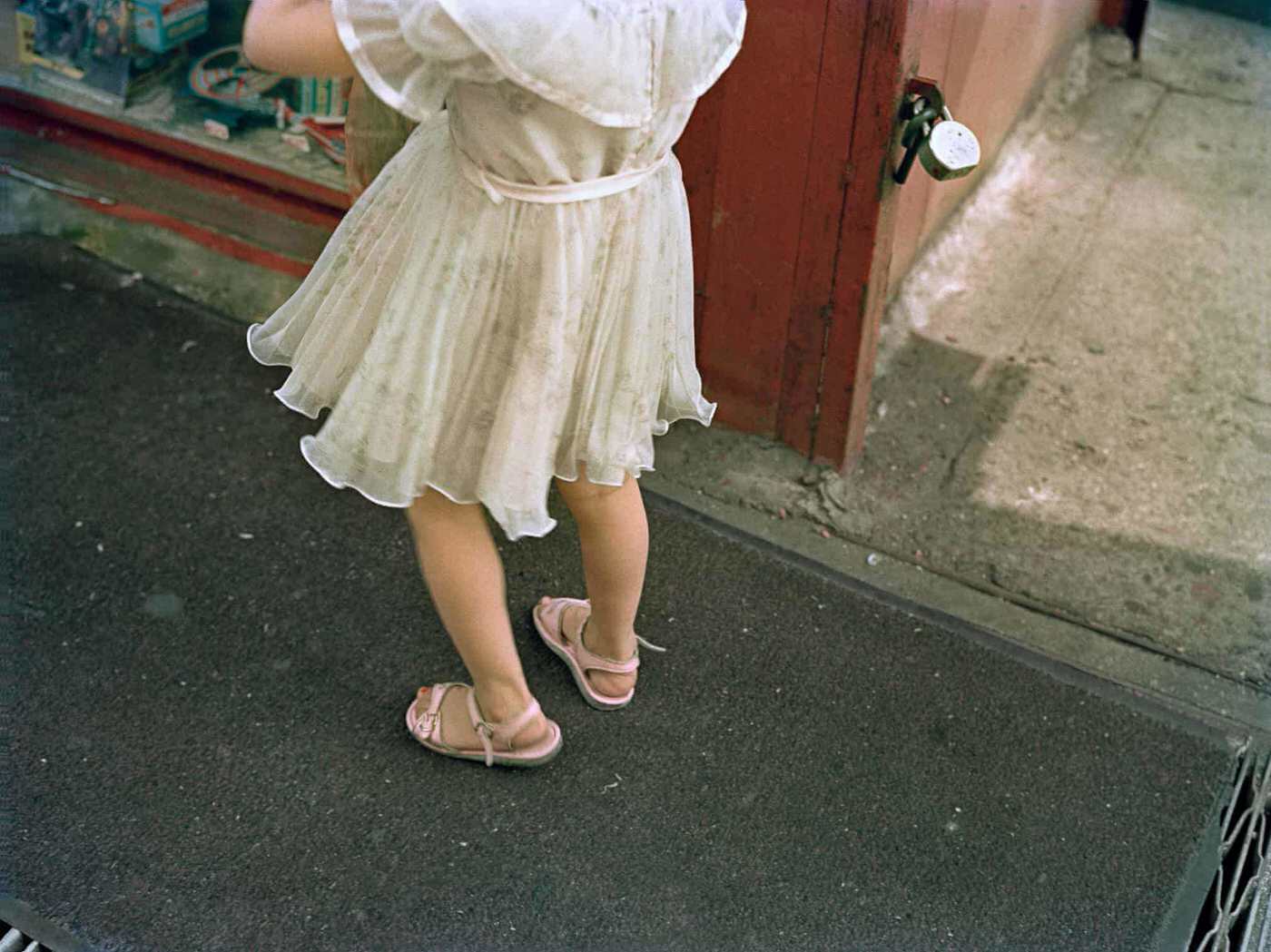
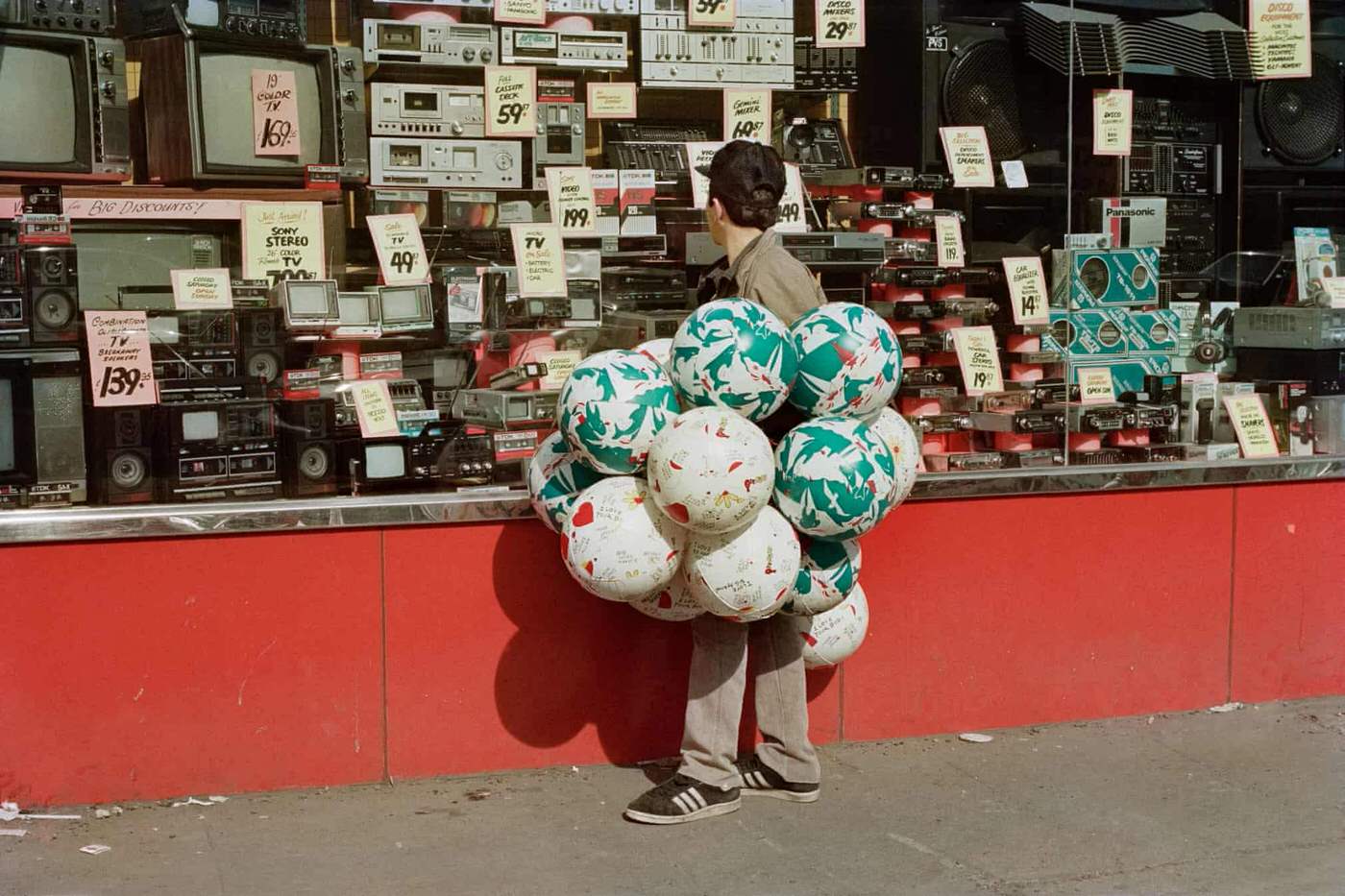
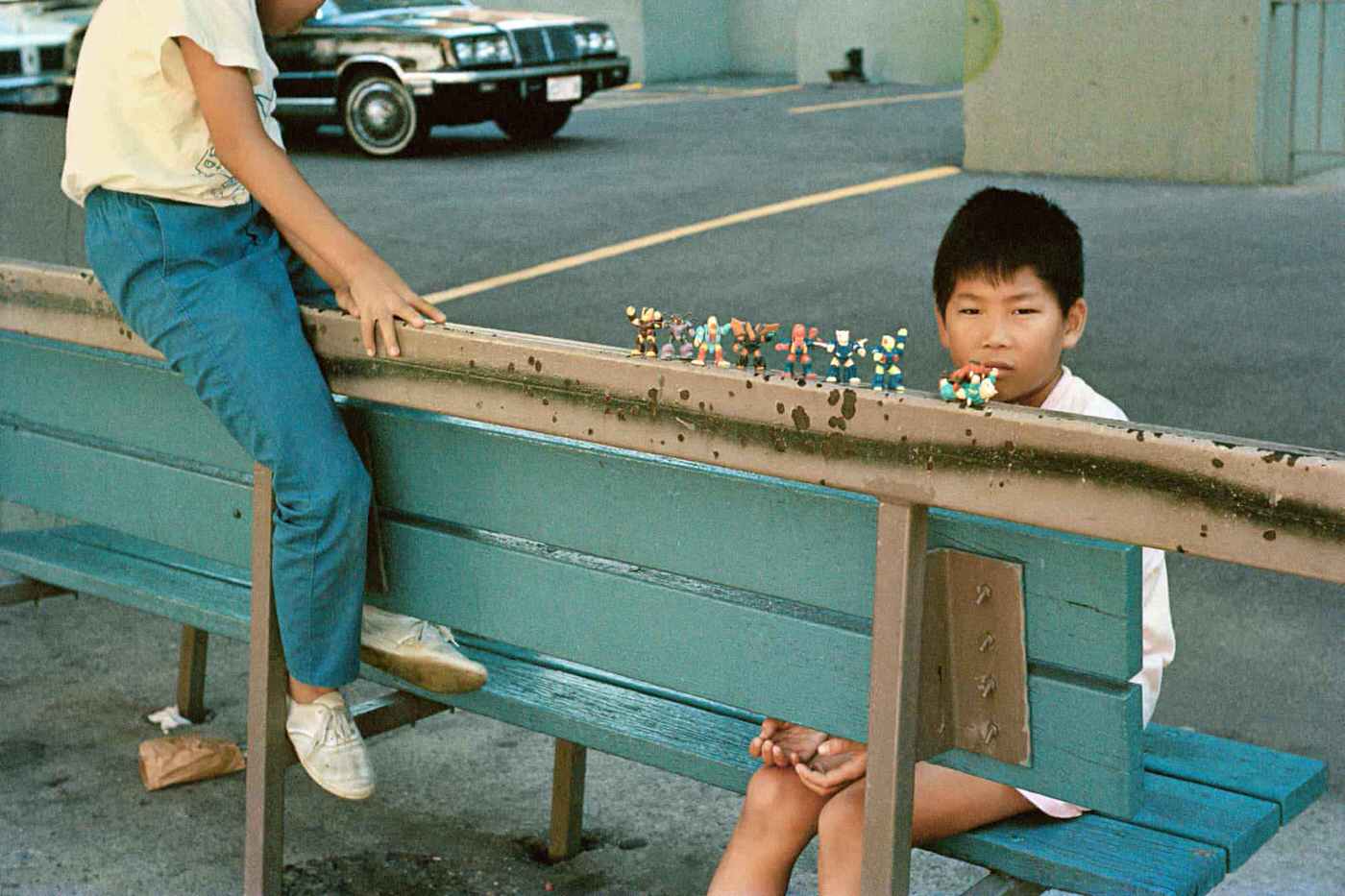
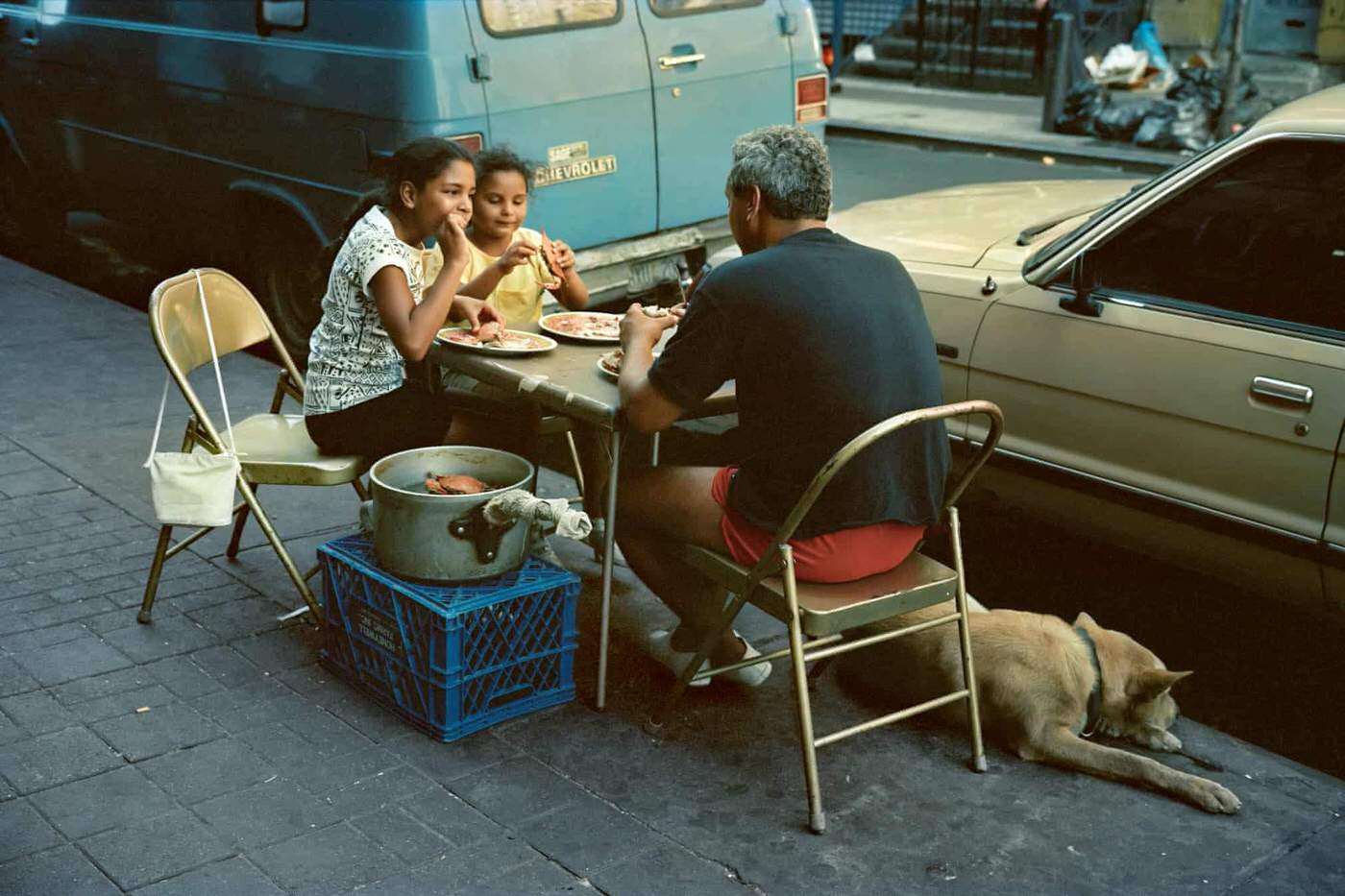
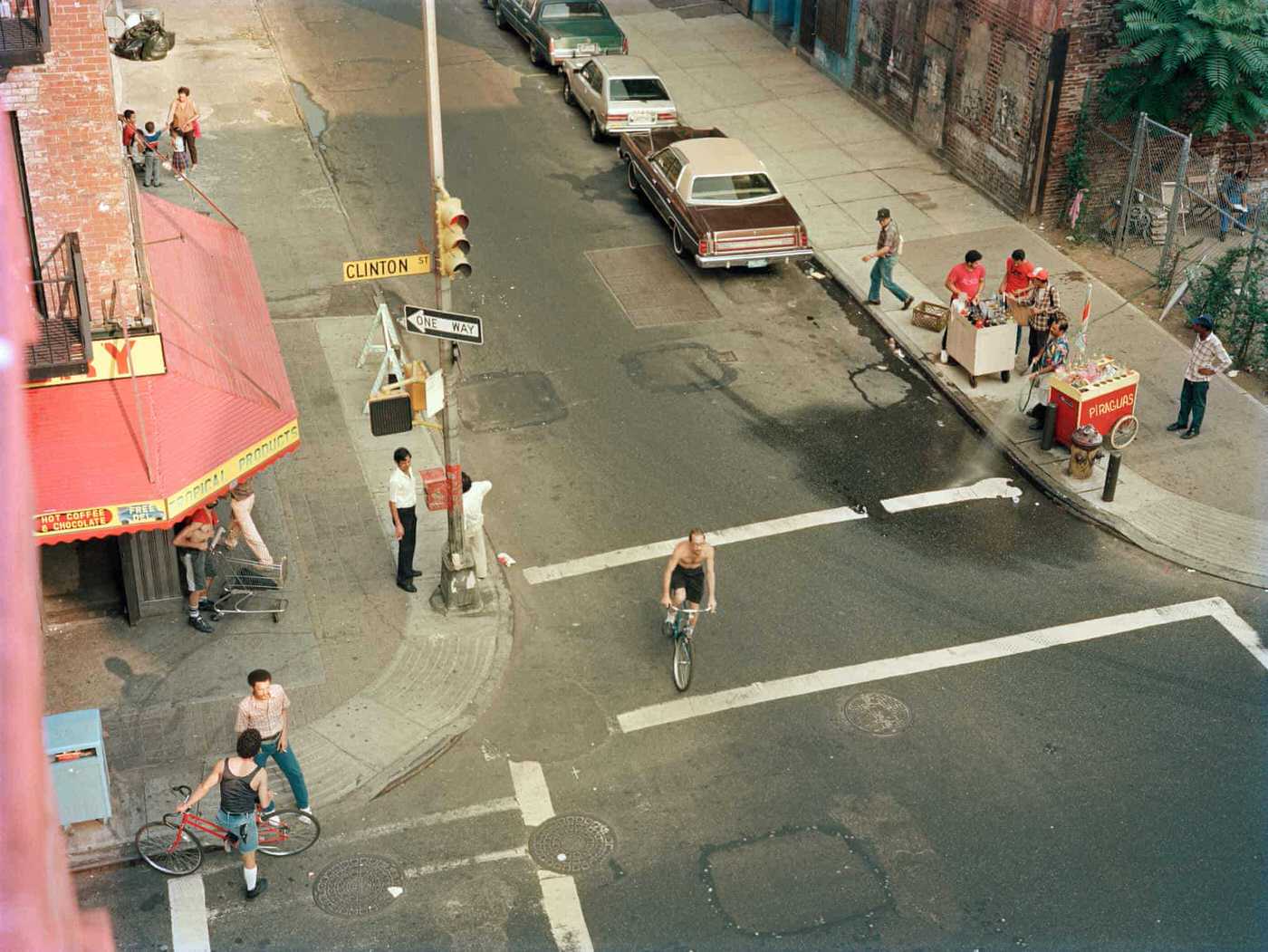
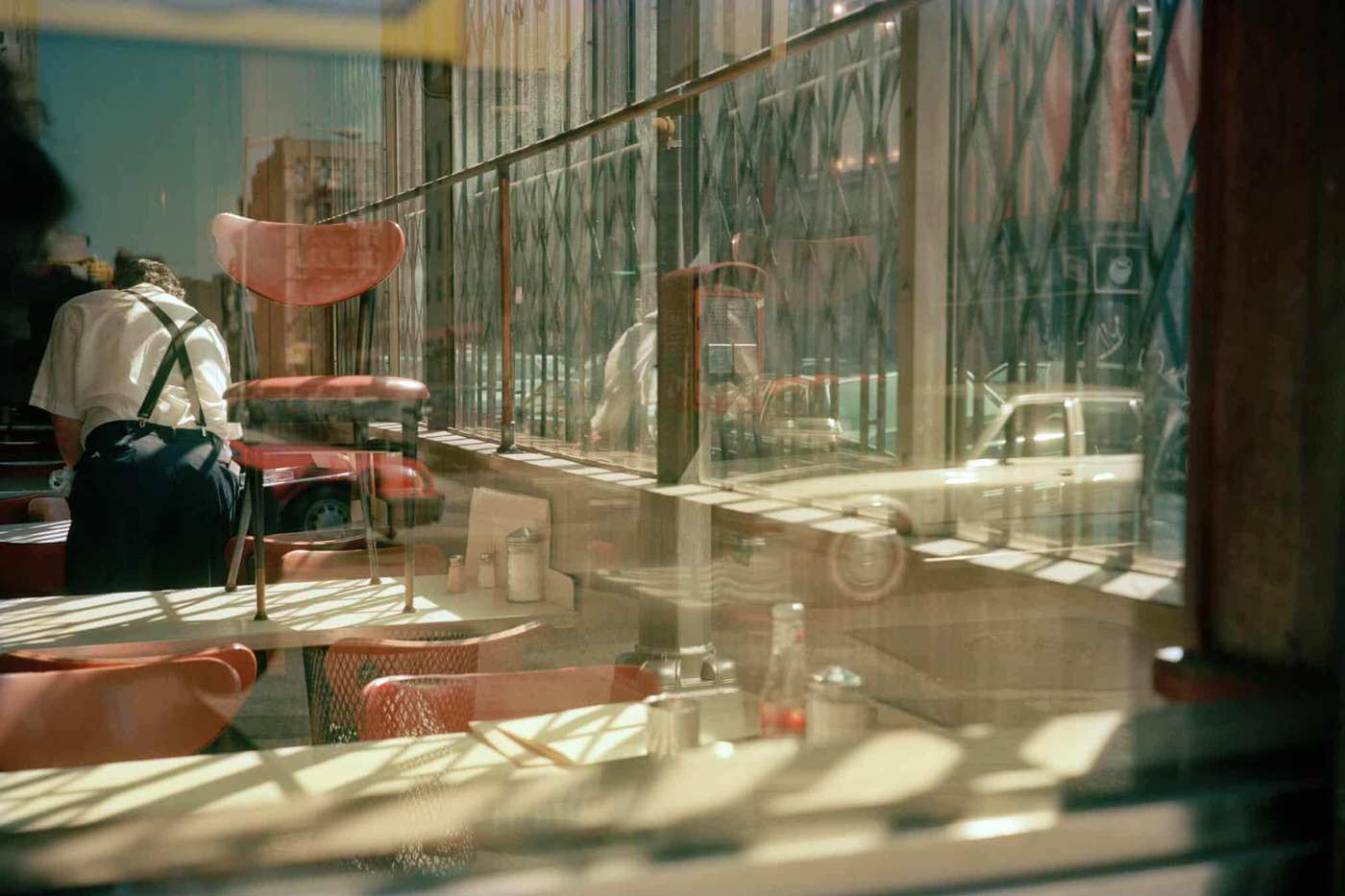
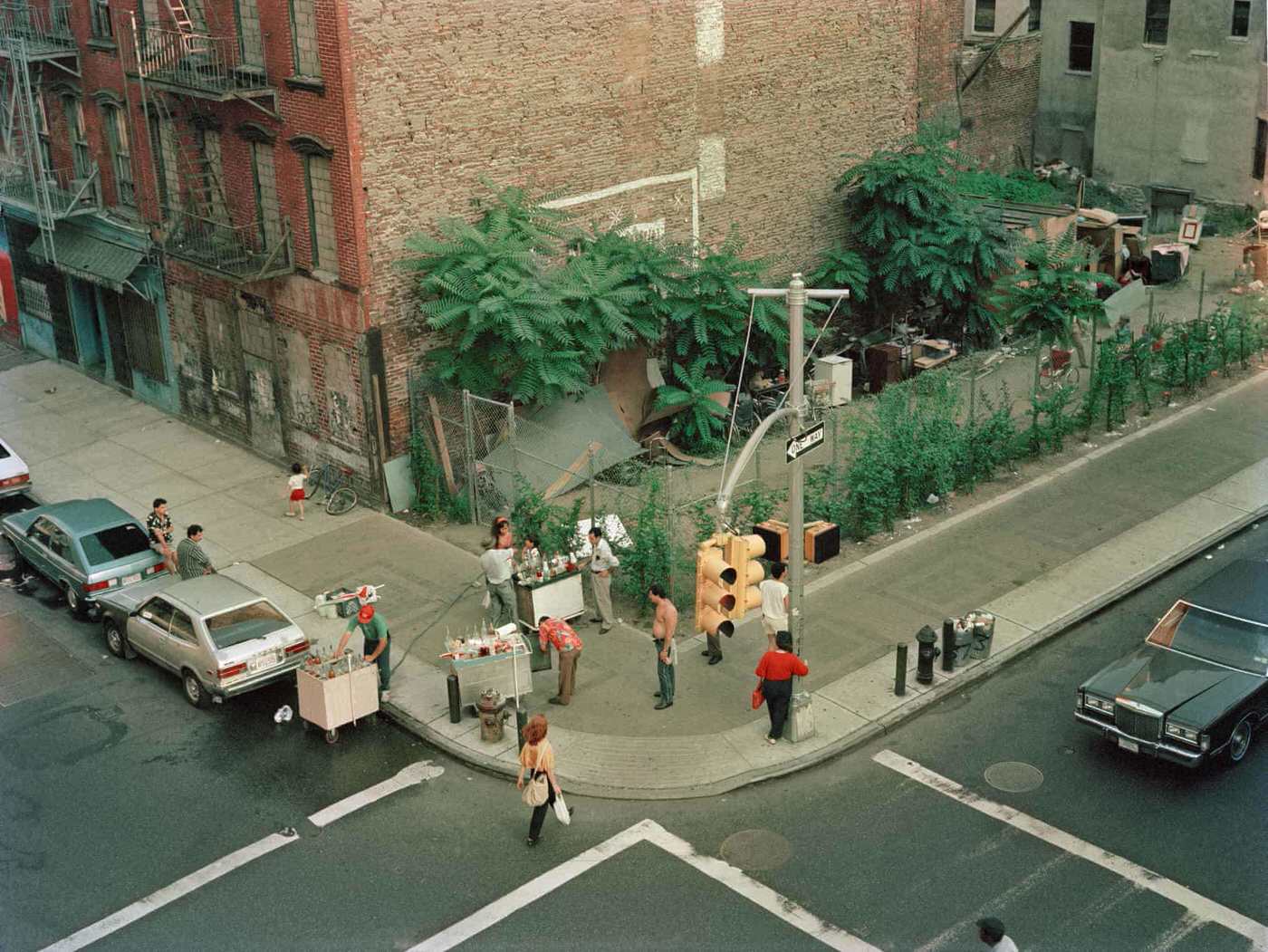
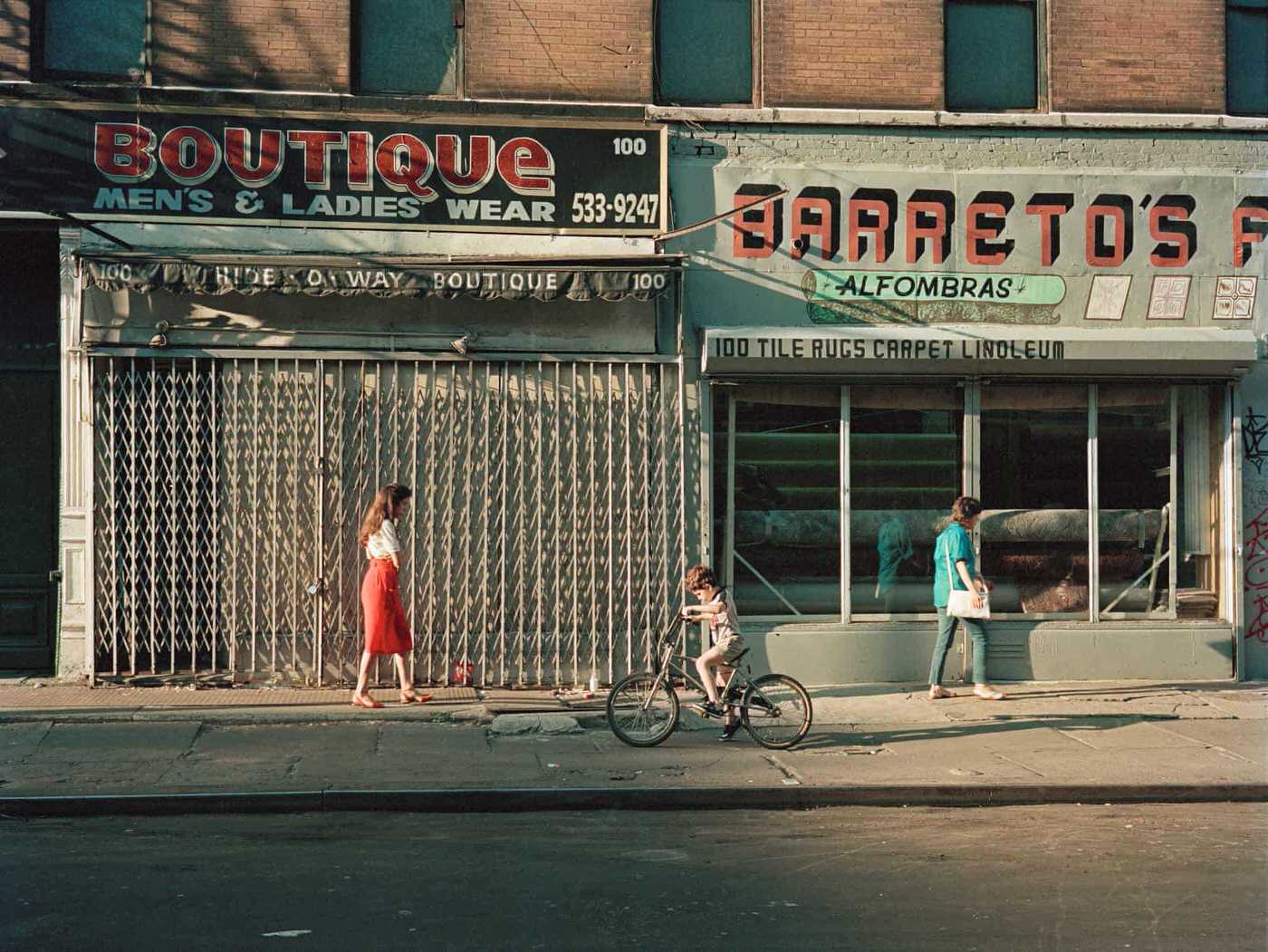
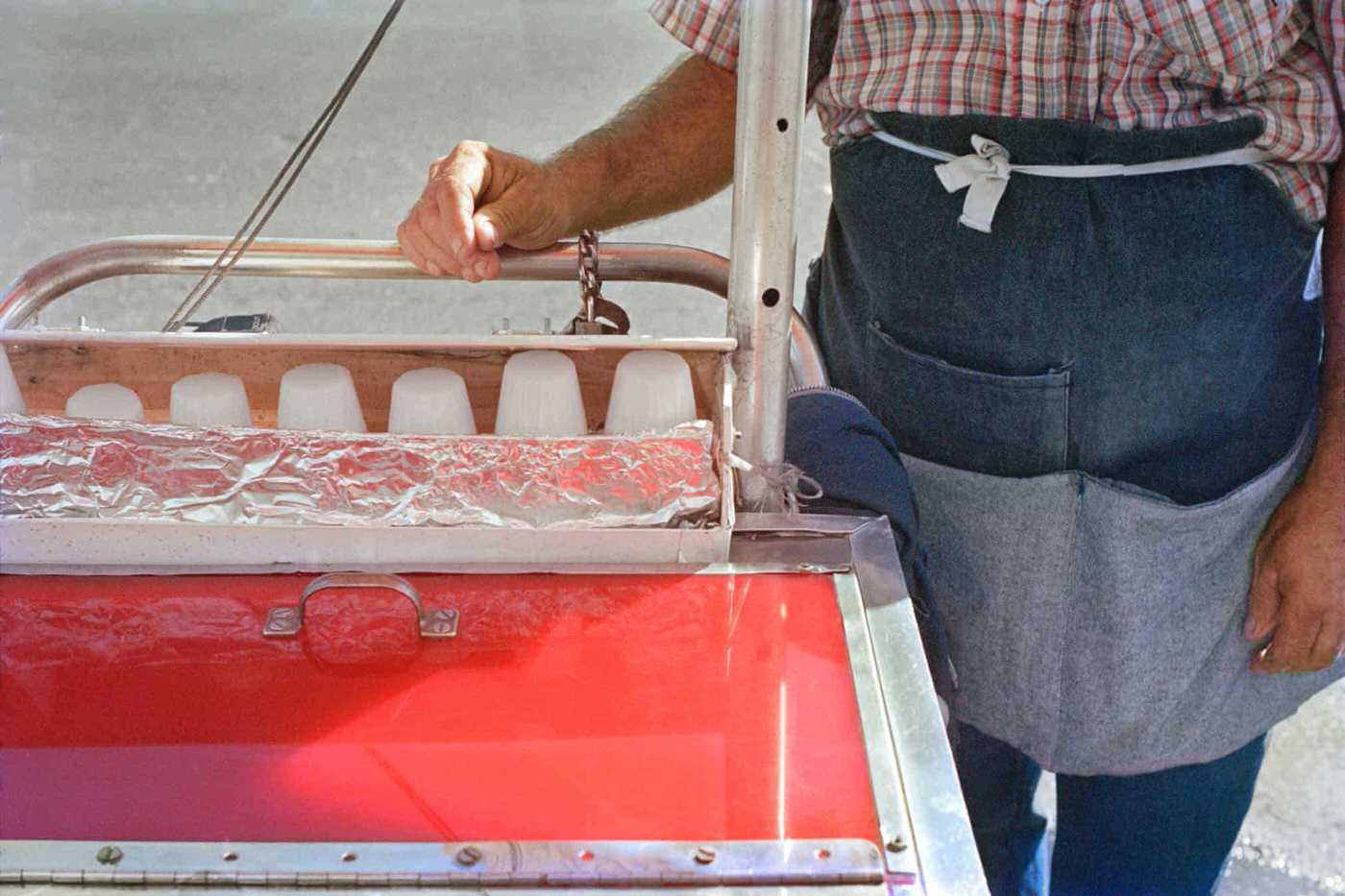
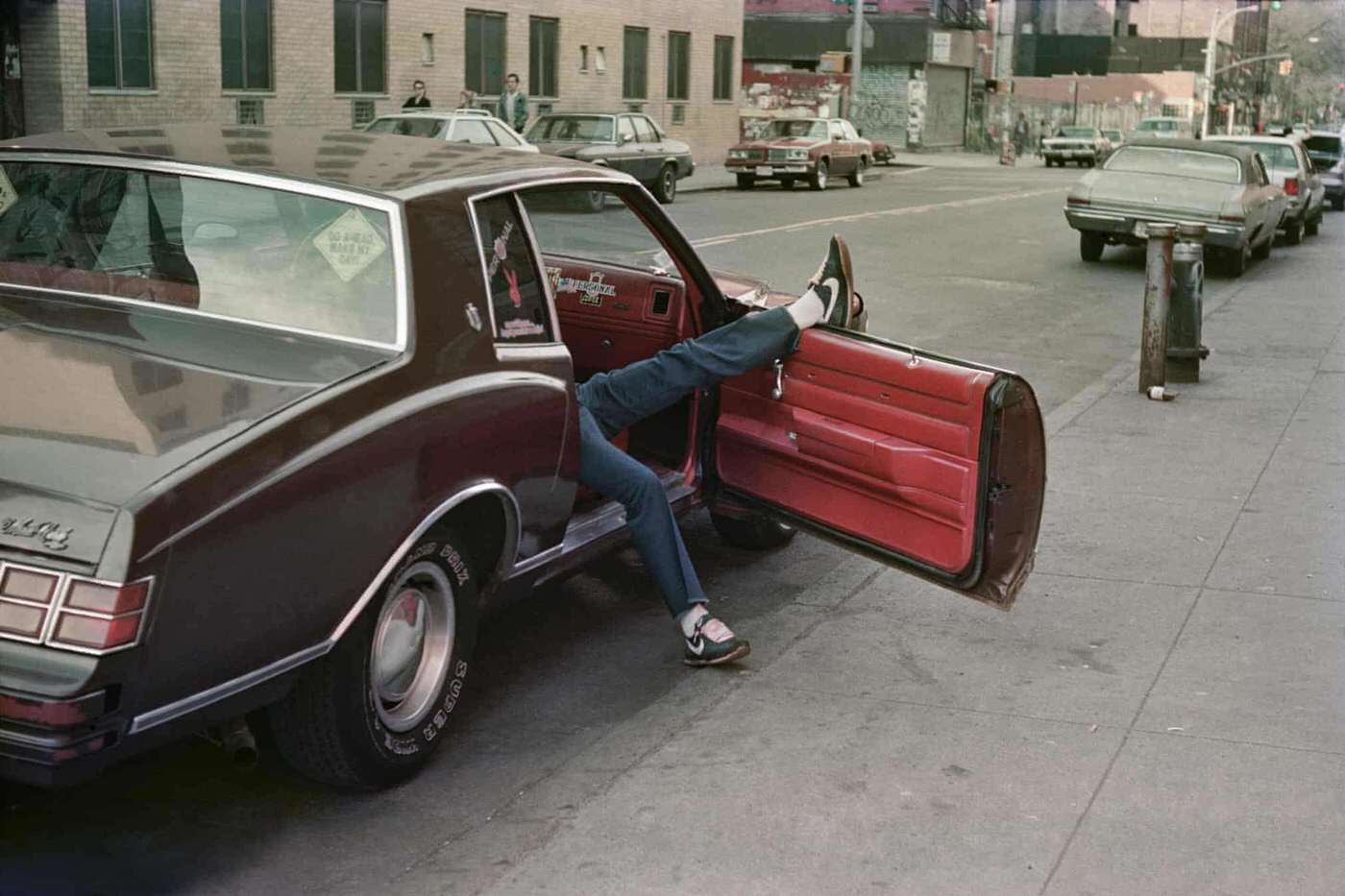
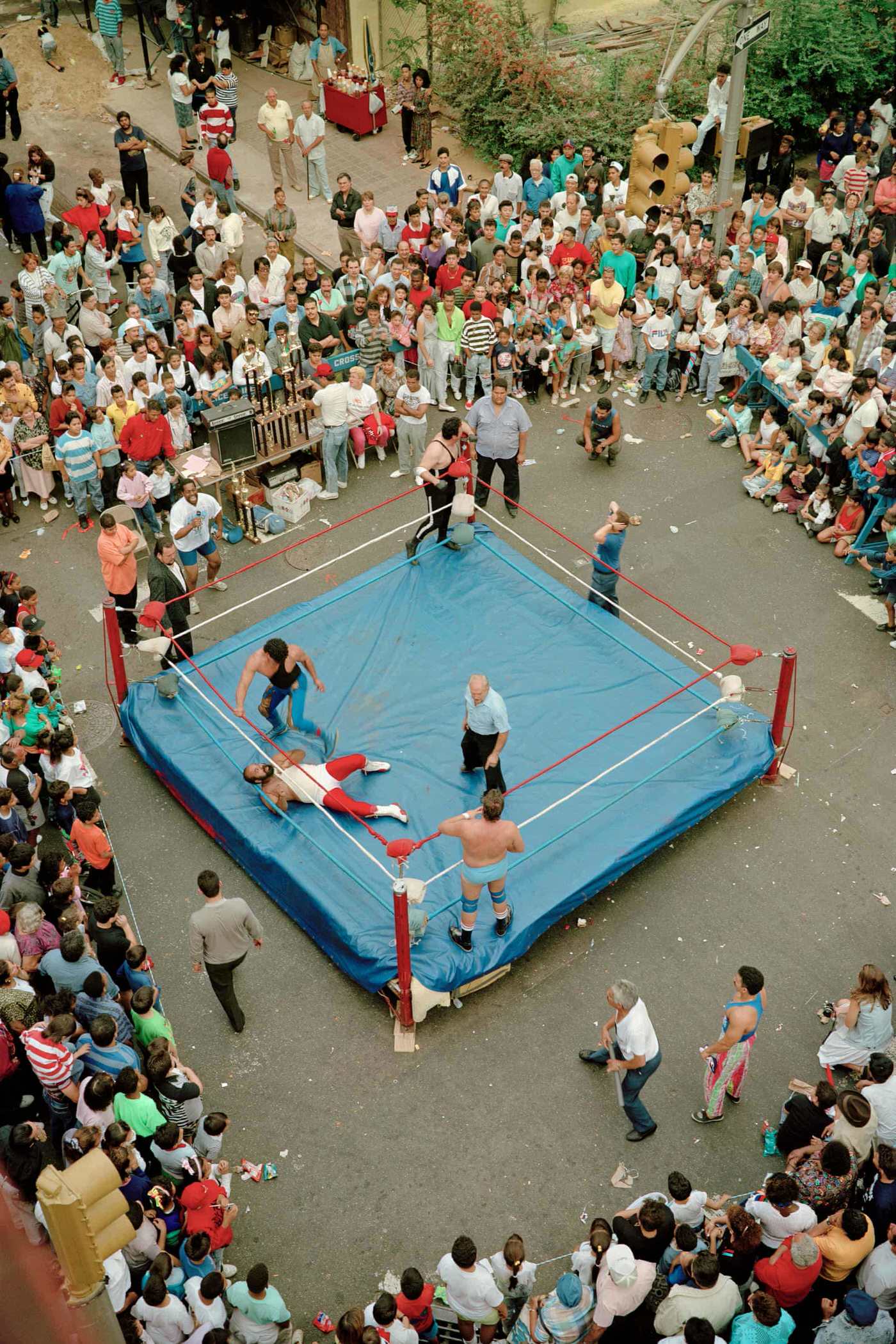

GIPHY App Key not set. Please check settings